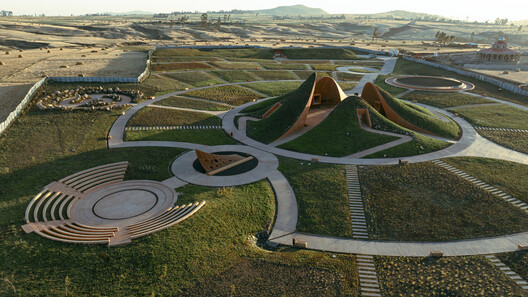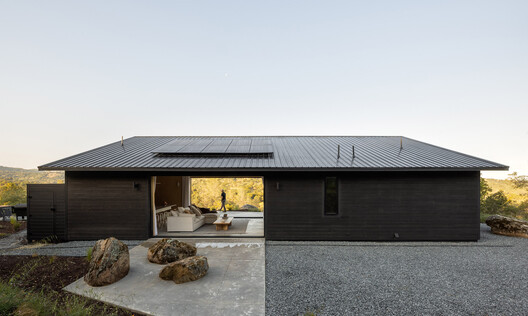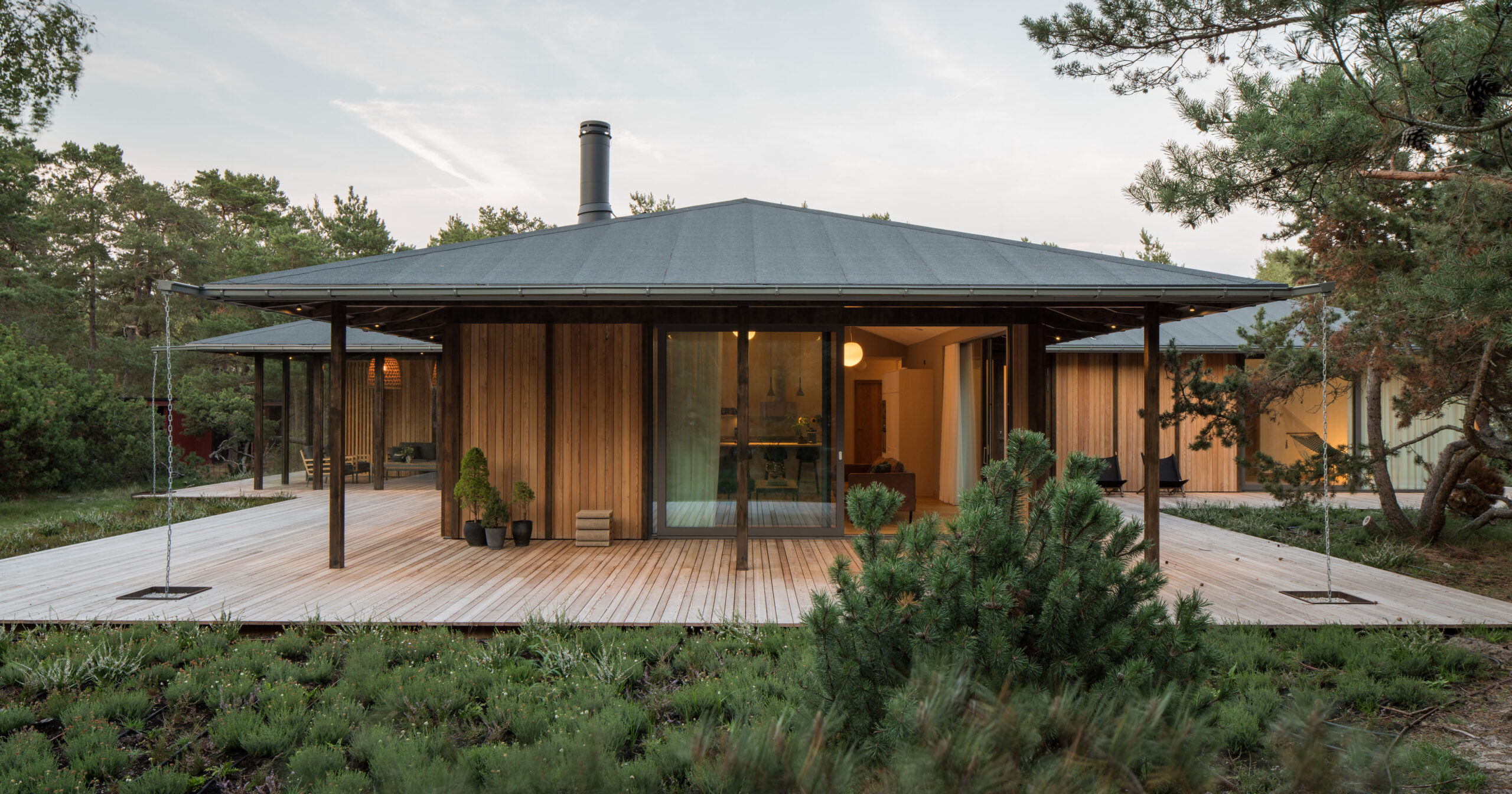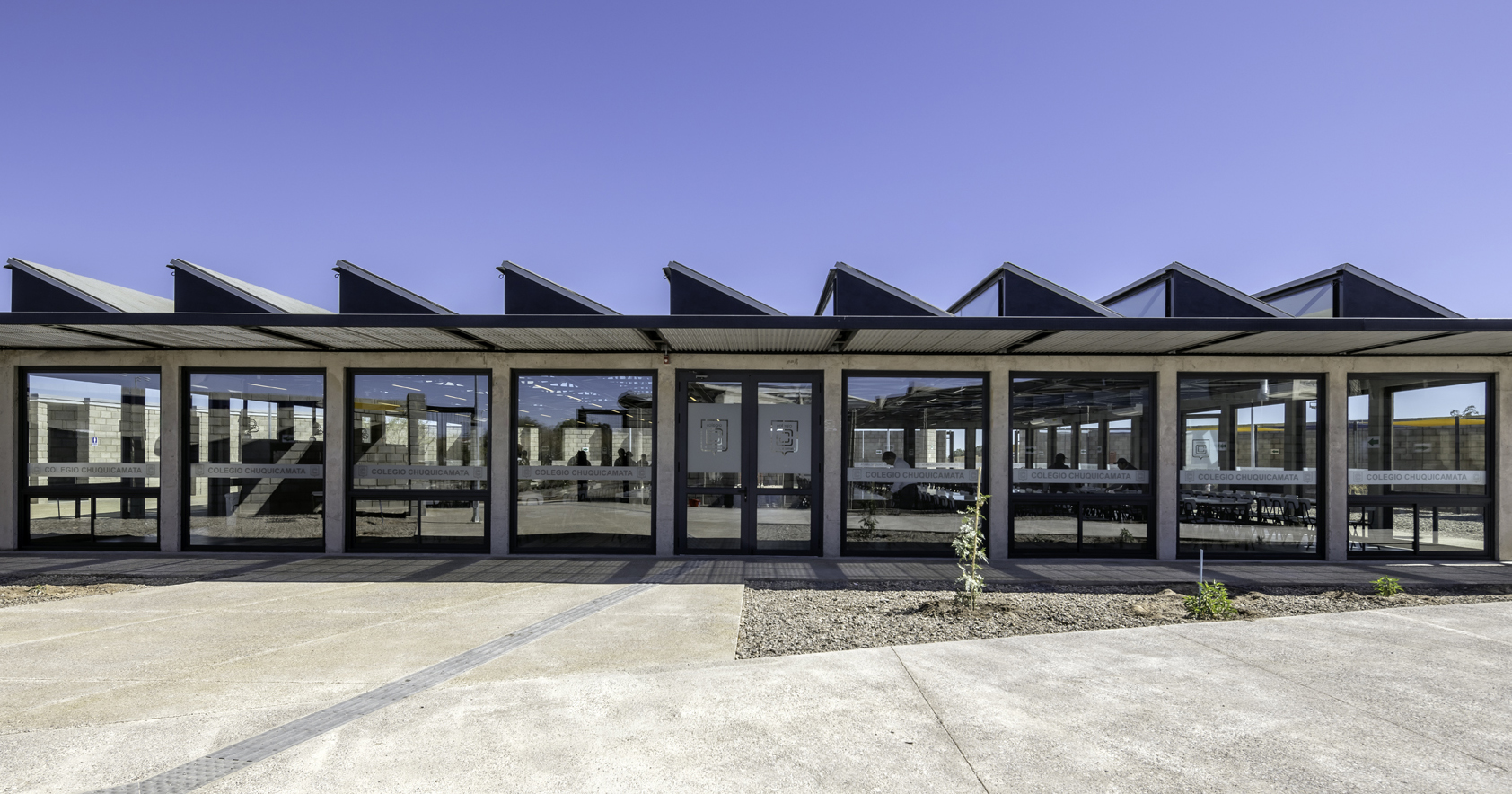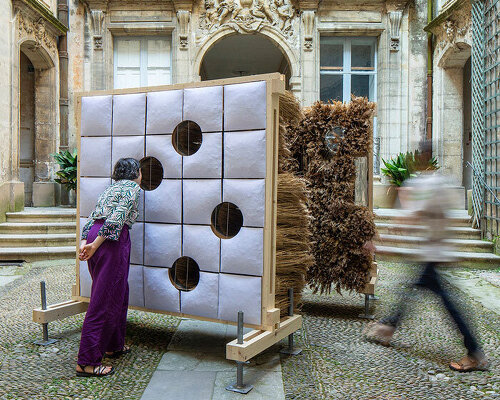Walters & Cohen clads Canterbury school building with snapped flint


London studio Walters & Cohen has completed The Rausing Science Centre for a school in Canterbury, Kent, offering a contemporary take on the historic area's material palette of flint, oak and limestone.
The Rausing Science Centre provides six science classrooms and a 120-person lecture hall on the site of former Mitchinson's Day House at The King's School, which was built in 1982 by former British studio Maguire and Murray but demolished after Historic England refused a listing application.

Given the site's sensitive location alongside one of only two entrances into Canterbury's historic cathedral precincts, Walters & Cohen looked to balance a traditional material palette and gabled form with what it described as a "crisp and contemporary" approach.
The building also connects to the school's existing laboratories in the neighbouring Grade II-listed Parry Hall, which has been refurbished by Walters & Cohen, via a glazed link.

"The materials of the cathedral precincts are a fine-grained Normandy limestone called Caen stone, flint, oak and clay tiled roofs," co-founder Cindy Walters told Dezeen.
"We used the same palette of materials detailed in a crisp and contemporary manner," she continued. "The process required multiple Scheduled Ancient Monument Applications, complex negotiations with the Cathedral Fabric Commission for England and a 9-month pause in proceedings to carry out a detailed archaeological dig."

Overlooking the street and precinct entrance, The Rausing Science Centre's flint facade is finished with two rows of windows framed in pale stone and oak, and topped by a gabled roof of red-clay tiles.
Within the flint facade is a subtle pattern based on the DNA sequence of an artichoke, represented by horizontal bands of square knapped flint that contrast with the surrounding irregular snapped flint.

On the opposite side, where the building overlooks a courtyard known as Mint Yard to the north, these stone window openings have been extended almost the entire height of the facade.
The project also involved upgrades to the surrounding public realm, including a patio on one edge of Mint Yard with walk-on glass that illuminates the basement below, and in future resurfacing works to the roads leading into the precinct.
The glazed volume that links The Rausing Centre to the neighbouring refurbished laboratories in Parry Hall also allows the two buildings to share a lift, providing greater accessibility across the site.
"The public realm both at the north gate to the precincts and in the grassed court known as the Mint Yard is more generous and pedestrian-focused," Walters said. "The ground floor lecture theatre allows views though the building that were not there before and the space is constantly in use."

On the ground floor of The Rausing Centre, a flexible timber-lined lecture space can either serve as a 120-seat auditorium or be subdivided into smaller seminar spaces with moving partitions.
Six classrooms have been organised across the remaining three levels, with those in the basement next to a plant and store, and those on the second floor beneath the exposed timber beams of the steeply sloping roof.

Elsewhere on the school's campus, Walters & Cohen previously designed a new accommodation block for pupils clad in handmade clay tiles.
Other school buildings recently featured on Dezeen include a flexible teaching space in a converted swimming pool by Studio Dera and a steel-framed sports court with colourful brise soleil by WHDA.
The photography is by Jim Stephenson.
The post Walters & Cohen clads Canterbury school building with snapped flint appeared first on Dezeen.







.jpg)



